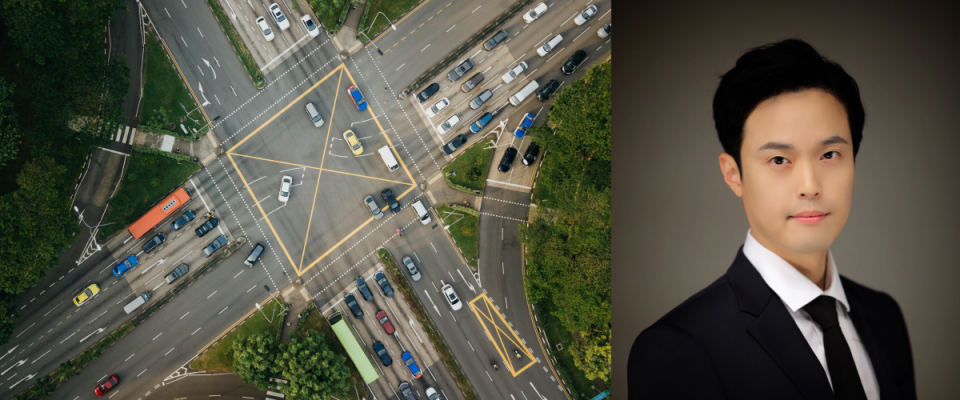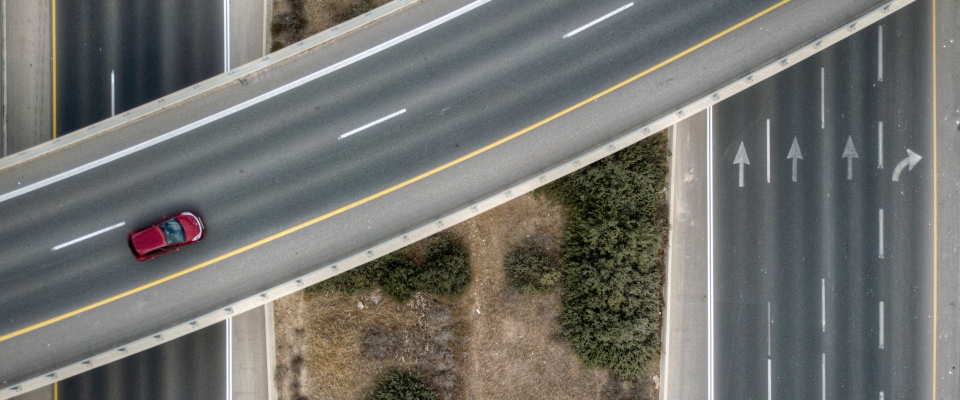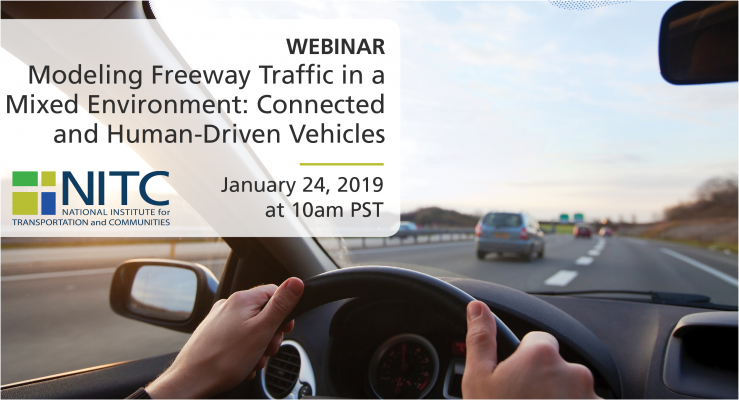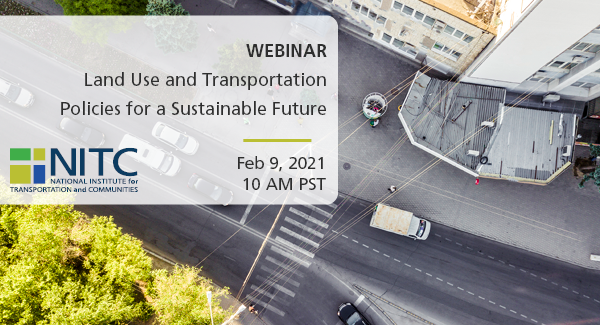New mobility technologies, such as shared mobility services and autonomous vehicles (AVs), continue to evolve. How do travelers decide whether to adopt new transportation modes or continue to use conventional modes? "Transportation Mode Choice Behavior in the Era of Autonomous Vehicles: The Application of Discrete Choice Modeling and Machine Learning" is a 2022 dissertation by Sangwan Lee of Portland State University which uses machine learning to examine this question.
Lee, who earned his PhD from the Nohad A. Toulan School of Urban Studies and Planning in 2022 working with faculty advisor Liming Wang, is now a research associate working in employment research at LX Spatial Information Research Institute, Korea Land and Geospatial Informatix Corporation in Jeonju, South Korea. He is currently working on several research topics, including autonomous logistics.
"I'm excited about the next chapter of my work in employment research because I am joining research projects about autonomous vehicles," Lee said.
Lee's dissertation consists of three papers. The first examines future market shares of each available mode of transportation in the era of AVs, factors influencing mode choice behaviors, and their marginal effects using a mixed...
Read more



